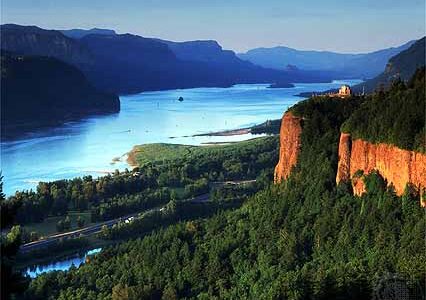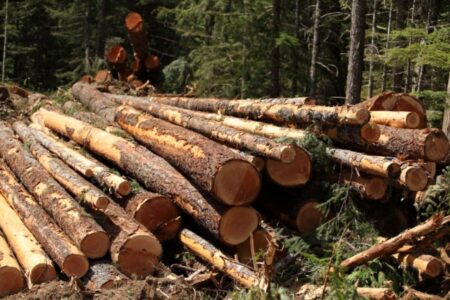OP/ED: The Jasper fire is a five-alarm wake-up call for B.C.
By Jesse Zeman
How many more Jaspers, how many more Lyttons, before we wake up?
I am living with my family in a rental home provided by my insurance company after a fire swept through West Kelowna, destroying my home and property. It will take years to recover, and the damage may never be completely undone.
I know from personal experience that the business case for prevention and mitigation is vastly superior to the case for spending billions fighting fires and then cleaning after a catastrophe. The federal and provincial governments have spent $239 million on Lytton’s recovery and only five replacement homes have been built so far.
Earlier this year, the provincial government earmarked $175 million for this year’s wildfire response, but $56 million of that will go to new firefighting aircraft and tankers. Only a paltry $60 million was set aside for wildlife risk reduction and fuel management.
Contrast that with the $1 billion that B.C. spent last year fighting wildfires. In 2017, the worst fire season on record, we burned through $649 million. In 2021, Lytton was destroyed by fire and firefighting cost us $565 million provincewide. Last summer, insurance claims related to wildfires in the Okanagan-Shuswap regionalone totaled $720 million
It is barely mid-summer and there are more than 360 wildfires burning in B.C. with dozens of evacuation alerts already issued. A beloved holiday town just over the provincial boundary, Jasper is largely destroyed.
This is a five-alarm wake-up call.
We are chasing the problem rather than getting ahead of it. Like many of B.C.’s most destructive wildfires, excess fuel on the forest floor around Jasper created a super-heated maelstrom of flame that reached 400 feet high.
Attempts to reduce the fuel load were timid at best. Between 2015 and 2017, 733 hectares of the 1,000,000-hectare Jasper National Park were treated with controlled burns to reduce the fuel load.
What happened to Jasper is happening over much of B.C.
British Columbia has been agonizingly slow to tackle fuel loads and every summer we spend billions of dollars fighting fire and then cleaning up the mess. We are getting it backwards. Firefighting may save a few houses and commercial timber, but it isn’t solving the problem.
Decades of fire suppression have resulted in huge amounts of fuel littering the forest floor, crowding out biodiversity and putting people at risk. By putting out every fire on the landscape, we are creating forests that are bristling with fuel just waiting for a spark.
Fire naturally occurs every five to 200 years in much of B.C. In the central Interior, many areas historically burn every five to 30 years. Under the right circumstances, fire is good. Fire is part of a natural process that rejuvenates grasslands and promotes biodiversity.
Fire is an integral component of functioning and productive habitat for grizzly bears, moose, elk, mule deer, and sheep, and all those that share the landscape. Burns create food for wildlife by regenerating the soil and letting in sunlight, which creates ideal conditions for new plants and berries to grow.
Using fire intentionally, under expert management, rejuvenates the land with little risk to people and property. In fact, it protects people and property.
Elected officials need to invest in prevention rather than pay for water bombers to fly around the province all summer long.
It’s time to set measurable objectives for fuel treatment, including a credible program of prescribed and cultural burns aimed at returning our forests to their natural resilient state. Treating a few hundred hectares a year isn’t going to cut it. We need to aim for tens of thousands of hectares if we want to turn down the temperature on fire season.
Over the past 20 years, less than 10 per cent of fuel clearing has been completed near at-risk communities on over 1.1 million hectares identified by the province as needing treatment.
We need to pick up the pace. B.C. should commit to treating at least 10,000 hectares next year and 20,000 the year after that. It’s time to set bold goals and meet them, or we are doomed to sit in the smoke and choke while our homes and memories burn down.
Jesse Zeman is the Executive Director of the B.C. Wildlife Federation.



























Comments